Initially the project was funded and supported by the Small Wetlands Programme of IUCN – The Netherlands Committee which led us to exploring and initiating our work on Hill Wetlands in the Nilgiris Biosphere Reserve.
Its 2565 square kilometers were once covered in a mixture of tropical montane forests – locally called ‘sholas’ – interspersed with grassland. In the last 200-odd years, the district lost around 80% of its native vegetation as mentioned by local elders. These forests were replaced by sprawling tea estates, coffee plantations, exotic tree plantations, and by invasive species. A survey of about 40 wetlands was comprehensively studied and at the end of the first phase we made a report, posters and organized walks in the town to promote wetland awareness and protection in vulnerable urban areas. The second stage started with more awareness campaigns on various issues regarding wetlands and conserving shola- grassland ecosystem.
Post the survey on the Hill Wetlands in the Nilgiris, a workshop was held to develop a strategy and action plan for hill wetlands with various stakeholders from local administrations, researchers, education institutions and citizens. It was a step forward towards understanding the various complexities associated with the wetlands. The discussions gave the team new ideas and directions to follow and implement on field. The team at Keystone narrowed down to a site to implement restoration activity with logistics and monitoring as a main criterion while selecting the site.
The pilot restoration activity was initiated in 2006 in Kotagiri town- Happy Valley which stands as a demonstration plot for Wetland- Shola restoration in an urban landscape. The restoration was done in collaboration with school children, the residents, Keystone staff, members of Kotagiri wildlife association and sanitary workers from the Panchayat.
Keystone Foundation expanded the diverse species in the nurseries by raising native species which were suited to be planted in degraded lands, farmland owned by indigenous community members, private estates, forest department. The village-based approach to nurseries has helped spread awareness to far reaches of the biosphere on the need to document, preserve, raise, and nurture native species of plants.
One of the main challenges was sensitizing local community members on the importance of shola-wetland service provided by these ecosystems. Awareness generation activity in the form of walks/campaigns and information education material was distributed as the first step towards conserving the shola-wetland ecosystem. Another major threat was the lack of sanitary facilities in the area. By providing toilets to some of the families we ensured that the waste goes into a septic tank and not into the wetlands which was happening for a long time.
The restored sites are monitored- to measure the growth and survival rates; check of presence and removal of invasive species. A wetland park was set in partnership with INDCOSERVE tea factory with a goal to create awareness on the importance of Hill wetlands and water sources in the Nilgiris. This also serves as a model in enhancing biodiversity and its functions through restoration. The wetlands park model is one of a kind in the district, especially this model of partnership with IndcoTea Cooperative is a big step forward in terms of Wetlands conservation.
Since then more than 80 hectares of land has been restored in and around Kotagiri Taluk.

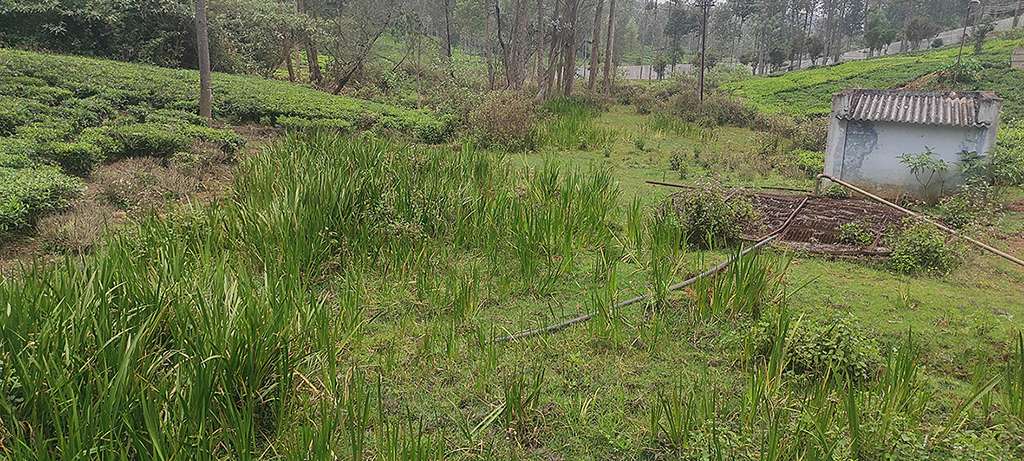

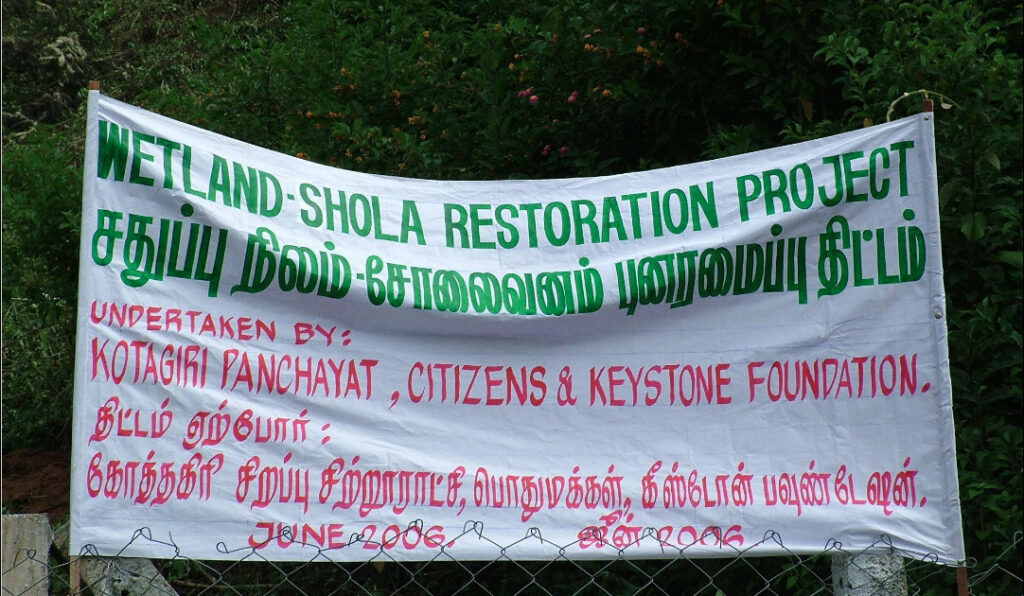
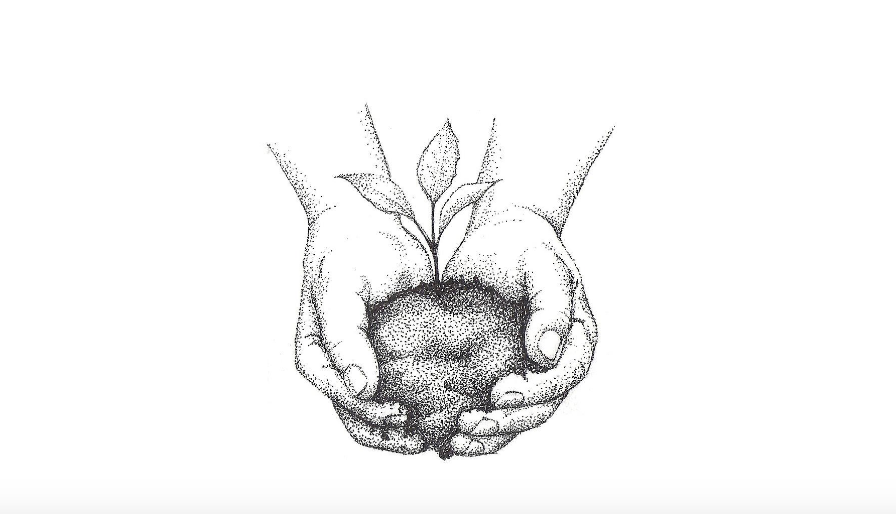
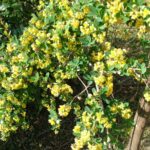
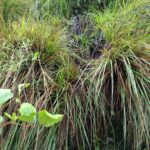
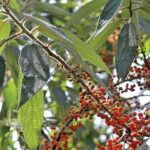

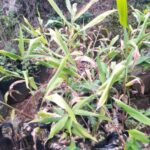

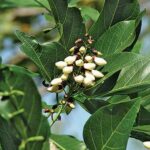


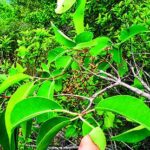
 and
and 